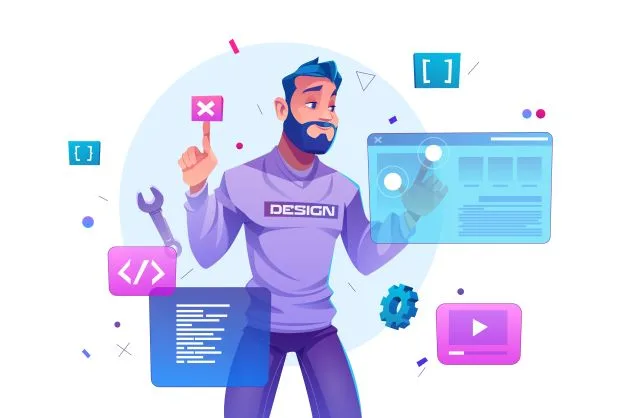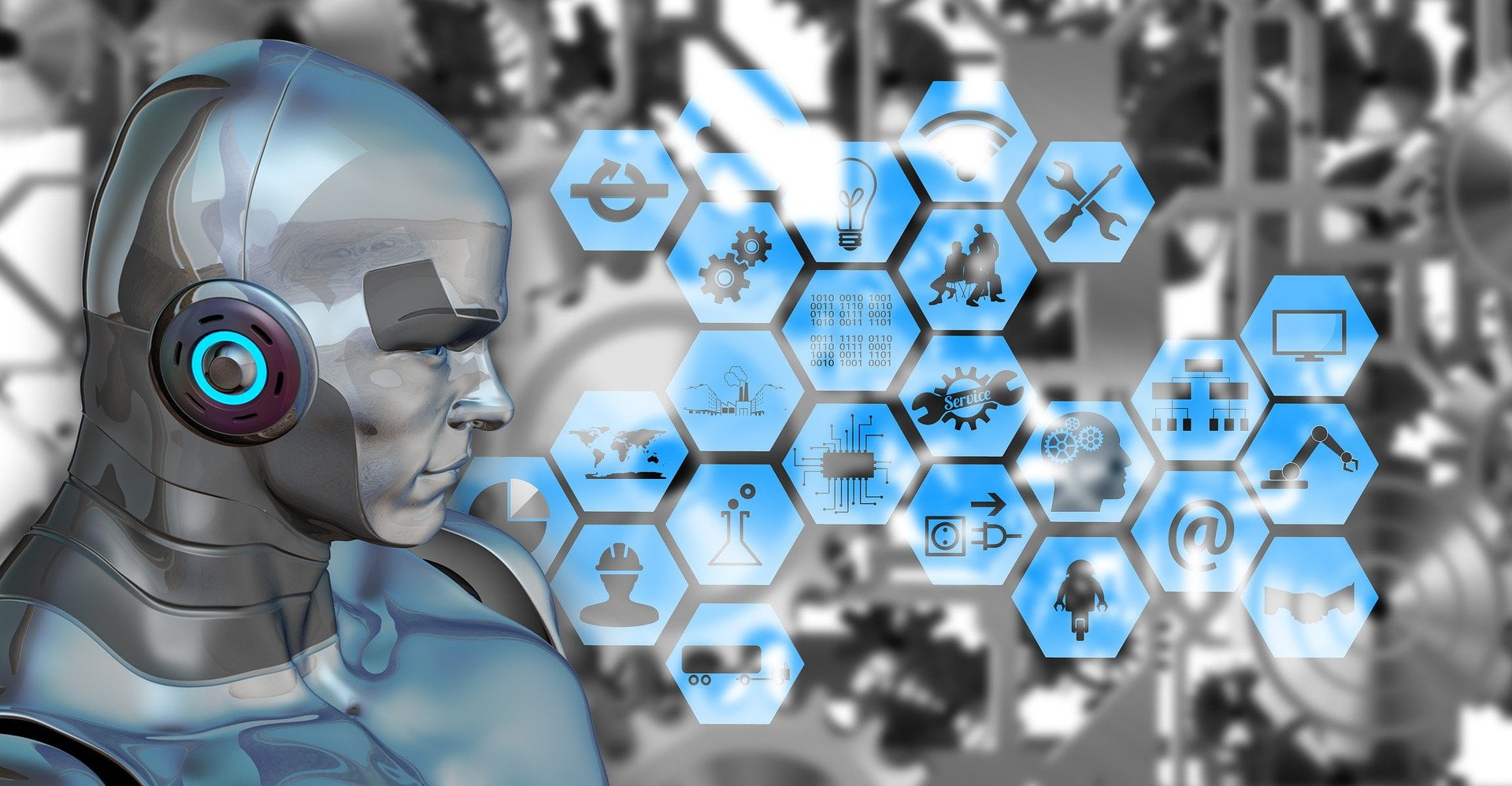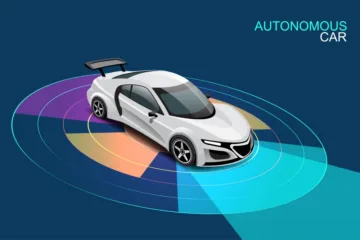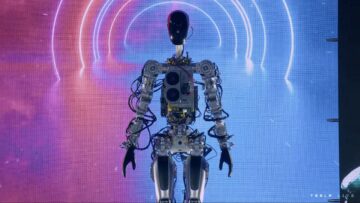Web 3.0 is the third-gen of the internet built from different technologies like blockchain, machine learning, artificial intelligence, etc. It was valued at $1890 million in 2021 and is expected to evolve quickly. Gavin Wood, the co-founder of Ethereum coined this term in 2014, naming it as a decentralized ecosystem based on blockchain.
In this article, we will explore different concepts related to web 3.0.
What is Web 3.0
Web 3.0 represents the expansion of Web utilization that converts the Web into a database. It is the age where people will focus on upgrading the back end instead of the front end. As per Tim Berners-Lee, Web 3.0 is a platform to “read-write-execute” the web. Here individuals will create amazing things using the existing technologies of Web 2.0. It will include
- 3D Web
- Semantic Web
- Content accessibility by non-browser apps
- Altering the Web into a database

Difference between web 1.0, 2.0, and 3.0
Web 1.0
Web 1.0 was the read-only Web that was used from 1989 to 2005. It was characterized by a small number of writers creating web pages for vast audiences. Web 1.0 allowed people to access information directly using an interconnected system of hypertext documents accessible. A million users were able to access the information and establish themselves online.
It was a static form of content without any interaction between writers and users. Web 1.0 consisted of personal websites, content management systems, message boards, address books, buddy lists, etc.
Web 2.0
It has been utilized since 2006 by a billion users. We are currently using Web 2.0, which is a read-and-write platform. In a short period, the ability to share content and connect with other web users has drastically altered the web landscape. Social software, web APIs, and online web services consisting of eBay and Gmail, are all enhancements over read-only websites. A more interactive, useful, and interconnected user experience is achieved by using new test technologies and concepts. Social networks, community forums, blogs, and Wikipedia are a few popular examples of Web 2.0.
Web 3.0
It is an immersive experience operating with a trillion users. Technologies like metaverse, AI, etc., will allow people to experience 3D portals, customized avatars, and a multi-user virtual environment. It will consist of the following:
- Semantic blog: Sem blog, Structured Blogging, Haystack, Semiblog
- Semantic search: Intellidimension, Swoggle, SWSE
- Semantic forums: OpneLink, SIOC, DataSpaces
- Semantic Wikis: SemperWiki, Platypus, DBpedia, Rhizome
- Semantic Social Networks: FOAF, PeopleAggregator
Features of 3.0
Personalization
It deals with information processing, searching, and creating a personalized portal on the internet using the semantic web.
Intelligence
Using Human-computer interaction and intelligence, applications will operate intelligently. Several Artificial Intelligence (AI) tools and techniques will be incorporated with the applications to increase their intelligence, such as rough sets, fuzzy sets, neural networks, machine learning, etc. It will enable an application to perform competitive analysis and provide optimal results without much involvement from the user. Web 3.0 makes it possible to translate documents between languages, thus, removing communication barriers among users.
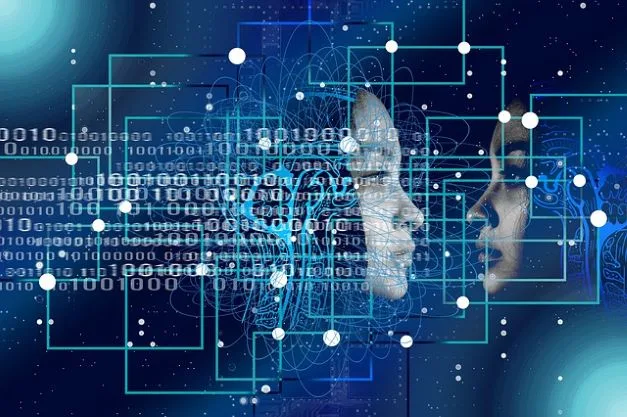
Virtualization
Web 3.0 would have high-speed internet bandwidths and high-end 3D graphics, making virtualization easier than ever before. Future web trends are centered around the creation of virtual 3-D environments.
Interoperability
Communication and information exchange will be enabled by Web 3.0. Information on the Web is formed when a person or a software program produces and uses it. Then, it is transformed into a new form of knowledge or information. Applications developed for Web 3.0 can be customized easily and used by different devices independently. Web 3.0 applications can run on many devices, including Mobiles, TVs, Automobiles, Computers, Microwaves, and many others.
Trends in web 3.0
3D web
It is all about creating 3D virtual elements on the web. It will require high-speed internet (5G), gaming tools, enhanced screen resolution, augmented reality, and a high processing rate. It will literally allow you to experience virtual things physically. A few platforms, like Active Worlds, Second Life, IMVU, etc., have caught everyone’s attention. This will fulfill fantasies of everyone experiencing magic land or living fairy tales.
Users design avatars and live in virtual worlds. These avatars can see, feel, share, and socialize with other users. They can also create, sell, manage, and explore products or services. The mode of interaction is audio, video calls, chat, and text.
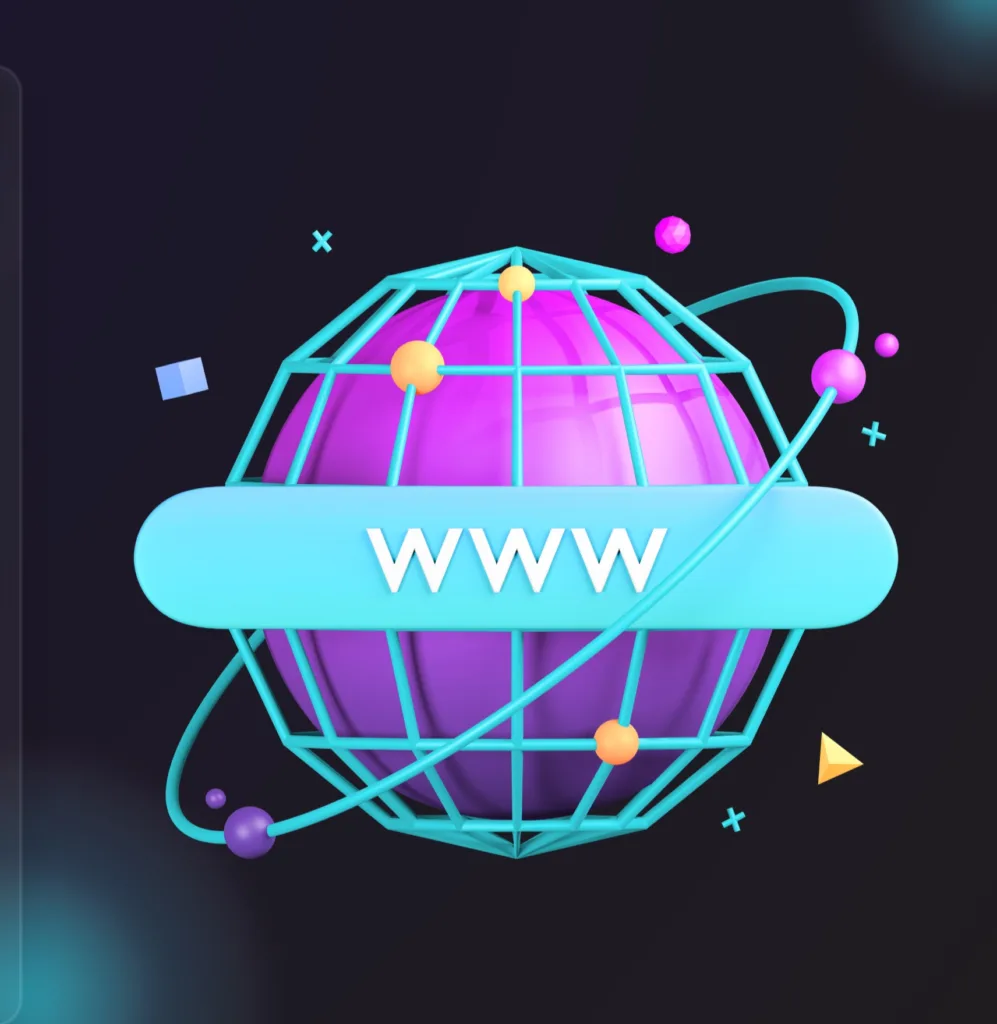
Read more, 8 interesting facts of virtual reality to watch out for.
Semantic web
It’s an elongated form of WWW that offers effortless sharing, locating, and merging data from different sources. It establishes a relationship in such a way that humans and machines can understand. The semantic web uses metadata to transform display-only information into meaningful ones.
Here, software agents access ontologies (logic rules, semantic relationships, vocabulary, etc.). They collect and compile data from multiple resources and provide that to users. Semantic web recognizes and looks for relevant keywords and then showcases the precise results to users. Consider, for instance, if you search for the semantic web, multiple pages appear through search results. The semantic Web will consolidate accurate information and present it to us.
Read more, 4 critical applications of big data analytics.
Media-centric web
Traditionally, search engines provide results based on text input. In Web 3.0, searches will be more than just text-based. With Web 3.0, it is easier to explore identical media items based on their characteristics. Inputs to search engines could be media or multi-media objects, and they could pinpoint related files as per their qualities. An image of a car, for example, can be entered as input, and the search engine should retrieve similar pictures. Other media objects like audio and video should also have search possibilities. Software like Ojos Riya photo sharing tool, which uses face recognition to automatically tag photos, and Like.com, which allows users to search for products based on similar images, are examples of this technology.
Social web
It deals with the interaction among people using semantic social computing or socio-semantic web. Semantic web combined with AI will use inherent information to show tags, services, products, software, traits, and functionalities. Rather than arising from the consensus decision of the group, learning will arise from the summation of all the views, opinions, and conclusions of each individual within it. The future Social Web will tie people, organizations, and ideas together instead of only linking documents.
Pervasive and Ubiquitous Web
Such platforms are developed from AI, wireless networks, computing devices, software agents, and embedded systems. The pervasive and ubiquitous Web is the ability to embed small devices into large computer infrastructures to enable users to see and control data as and when required.
The future of web services will include windows and curtains that automatically adjust according to the weather; appliances that learn and communicate with each other so we can live more comfortably. The deployment of lightweight web services will be a vital component of this direction, and web services should be embeddable on devices. Service Oriented Architectures (SOA) and related technologies would enable cross-platform communication between devices and the Web.
